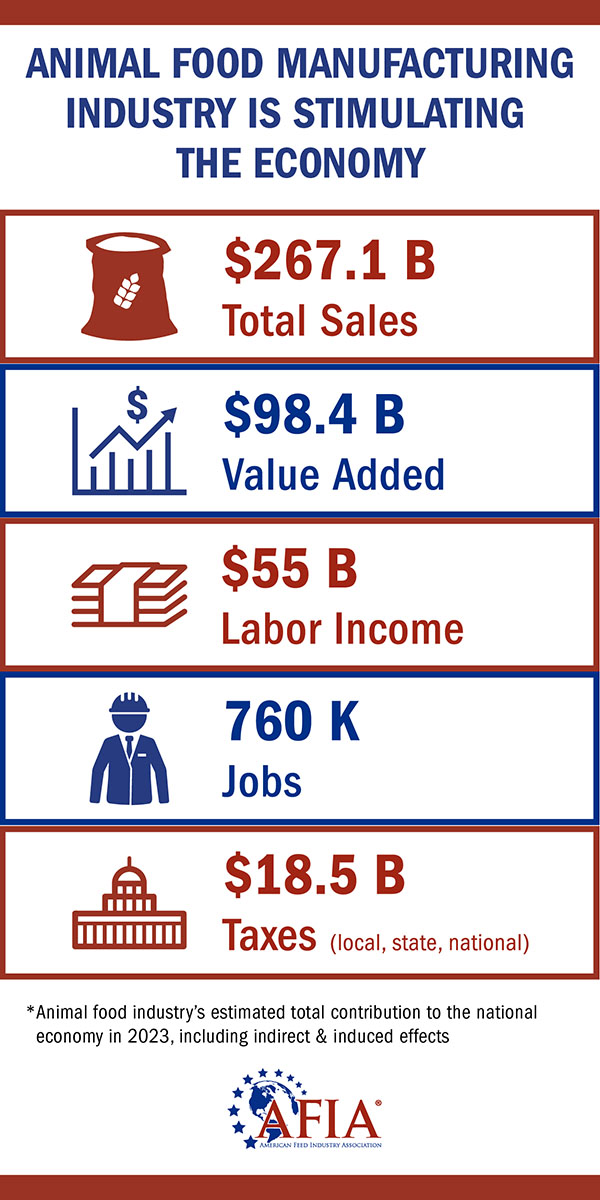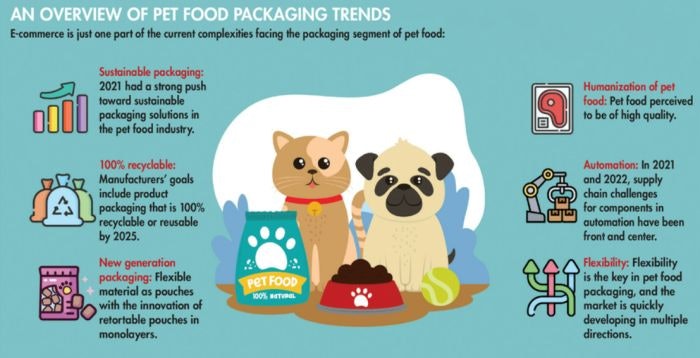In the dynamic world of the food animal industry, several trends are emerging that are reshaping the way businesses operate and the way consumers interact with food products. Understanding these trends is crucial for stakeholders in this sector to stay ahead and adapt to the changing landscape.
1. Sustainability
Sustainable practices have become a key focus in the food animal industry. Consumers are increasingly demanding ethically sourced and environmentally friendly products. Companies are responding by implementing sustainable farming methods, reducing waste, and promoting animal welfare.
2. Technology Integration
The integration of technology in food animal production is revolutionizing the industry. From precision farming techniques to the use of data analytics, technology is improving efficiency, productivity, and animal health. Automated systems and IoT devices are becoming commonplace in modern farms.
3. Nutritional Transparency
Consumers are more health-conscious than ever before, leading to a growing demand for nutritional transparency in food animal products. Companies are providing detailed information about the sourcing, processing, and nutritional content of their products to meet consumer expectations.

Credit: nap.nationalacademies.org
4. Alternative Proteins
The rise of alternative proteins, such as plant-based and lab-grown meat, is challenging the traditional food animal industry. These products appeal to environmentally conscious consumers and those seeking meat alternatives for health reasons. Food animal businesses are exploring ways to incorporate these alternatives into their offerings.
5. Supply Chain Resilience
The COVID-19 pandemic highlighted the importance of supply chain resilience in the food animal industry. Companies are now investing in robust supply chains to mitigate risks and ensure continuity in times of crisis. Local sourcing and shortening supply chains are becoming more prevalent.
6. Animal Welfare Standards
Ensuring high animal welfare standards is a growing trend in the food animal industry. Consumers are increasingly interested in how animals are treated throughout the production process. Companies that prioritize animal welfare are gaining consumer trust and loyalty.
7. Global Market Expansion
The food animal industry is witnessing a shift towards global market expansion. Companies are exploring new markets and diversifying their product offerings to meet the demands of a global consumer base. Export opportunities, partnerships, and cross-border collaborations are on the rise.
8. Regulatory Changes
Regulatory changes are impacting the food animal industry, with governments introducing new policies to address animal welfare, sustainability, and food safety concerns. Companies are adapting to these regulations by implementing compliance measures and exploring innovative solutions.
9. Consumer Education
Consumer education plays a significant role in shaping the food animal industry. As consumers become more informed about food production practices, they are driving demand for transparency and ethical standards. Companies are engaging in educational initiatives to build trust with consumers.
10. Innovation in Product Development
Product development in the food animal industry is experiencing a wave of innovation. Companies are introducing new products, flavors, and formats to cater to evolving consumer preferences. Clean label products, functional foods, and premium offerings are gaining traction in the market.

Credit: www.petfoodprocessing.net
Frequently Asked Questions Of What Are The Current Trends Affecting The Food Animal Industry
What Are The Main Factors Influencing The Food Animal Industry?
Trends such as sustainability, technology, and consumer demand are reshaping the food animal industry.
How Is The Food Animal Industry Adapting To Consumer Demand?
Industry is responding by incorporating organic, ethically-sourced, and sustainable practices to meet consumer demands.
What Role Does Technology Play In The Modern Food Animal Industry?
Technology is driving advancements in animal health, nutrition, and monitoring to improve efficiency and sustainability.
Why Is Sustainability Important In The Food Animal Industry?
Sustainability ensures that the industry can meet current needs without compromising future generations’ ability to meet their own needs.
Conclusion
The food animal industry is witnessing a transformation driven by shifting consumer preferences, technological advancements, and regulatory changes. Stakeholders must embrace these trends to thrive in a competitive market and meet the evolving demands of consumers worldwide.

Leave a Reply